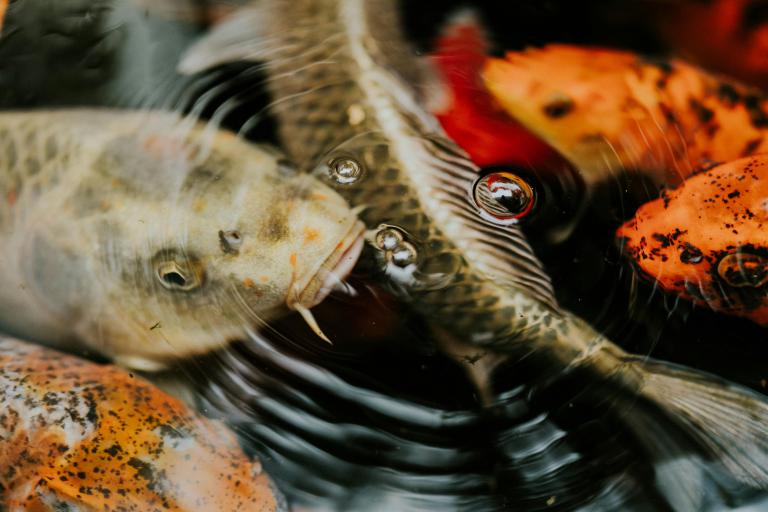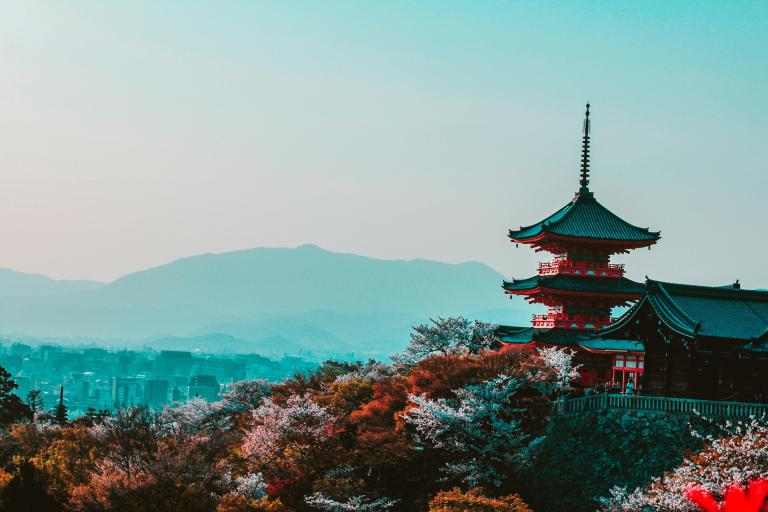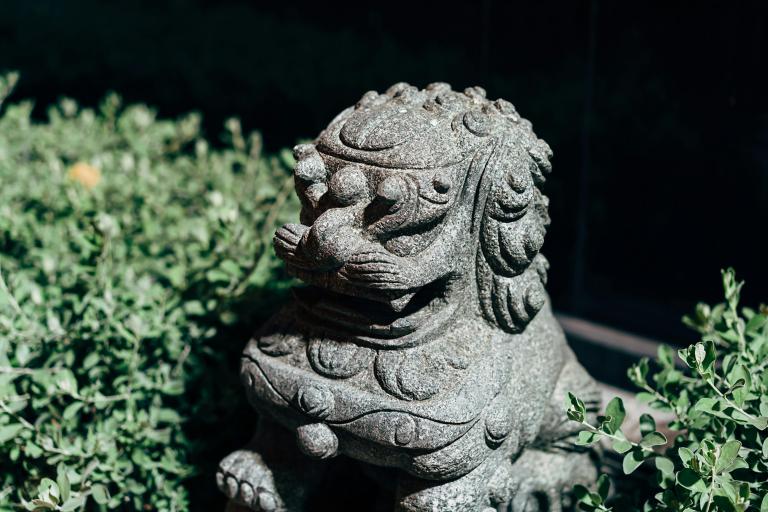Introduction
There’s an enchanting quietude that accompanies a pond filled with koi, where the vibrant colors seem to dance against the reflective water, and the gentle ripples evoke a sense of serenity. Koi fish, revered both for their beauty and their rich symbolism, have captivated humans for centuries. These living works of art not only enhance the aesthetic of gardens and homes but also offer profound lessons about resilience, courage, and transformation. This article explores the timeless allure of koi, delving into their significance across cultures and providing practical insights into their care and maintenance.
The Symbolism of Koi
A Mirror of Resilience
In Japanese culture, koi are more than just ornamental fish; they are symbols of perseverance and courage. According to popular legend, a koi swam upstream against the currents of the Yellow River and transformed into a dragon after leaping over the Dragon Gate Waterfall—a metaphor for overcoming adversity to achieve one's dreams. This story resonates deeply with many, encouraging individuals to embrace challenges and transformations in their own lives.
Example: Think of the koi as a symbol for every achievement in life that comes after a struggle—the graduate receiving a diploma after years of study, or an athlete finally realizing their potential after facing setbacks. Keeping koi can serve as a daily reminder of these values, encouraging reflection and perseverance.
Spiritual Significance
Beyond their resilience, koi carry a wealth of spiritual meanings. In the practice of Feng Shui, koi are believed to attract positive energy and good fortune. The color of the koi can influence the type of luck or energy they bring; for example, red koi represent love and success, while black koi symbolize overcoming obstacles.
Practical Benefit: By incorporating koi into your outdoor space, you not only beautify it but also create an atmosphere of abundance and positive intention, potentially influencing the dynamics of your home and personal life.
Creating the Perfect Koi Pond
Designing the Landscape
Creating a habitat that mirrors their natural environment is key to keeping koi healthy and thriving. A koi pond should be at least three feet deep, allowing the fish to escape extreme temperatures and predators. Incorporating plants such as lily pads not only provides shade and shelter but also enhances the visual appeal of the pond.
Why This Matters: A well-designed koi pond fosters a balanced ecosystem where beneficial bacteria thrive, breaking down waste and keeping the water clean. This reduces the risk of disease and stress among your koi, allowing them to flourish.
Water Quality and Filtration
Water quality is paramount when caring for koi. These fish are sensitive to contaminants; thus, a robust filtration system is essential. Regular monitoring of pH levels (ideally between 7.0 and 7.5), ammonia, nitrite, and nitrate concentrations is crucial.
Challenge: Some beginners may feel overwhelmed by the intricacies of maintaining water quality, but investing in a quality filtration system and testing kit can save time, energy, and heartache. Regular water changes—about 10-15% weekly—can help keep your koi happy and healthy, reducing the burden of filtration work.
Temperature Management
Koi thrive in temperatures between 65°F and 75°F. In colder climates, heaters may be necessary during winter months to prevent the pond from freezing completely. In summer, aeration becomes vital to increase oxygen levels, especially during heatwaves.
Practical Insight: Utilizing thermometers and aerators not only ensures the wellbeing of your koi but also presents an opportunity to engage with nature through seasonal activities. Imagine the peaceful moments of observing your koi while tending to their habitat, knowing you are enhancing their environment.
Feeding Koi: A Culinary Experience
Diet and Nutrition
Koi are omnivores, and their diet should consist of high-quality koi pellets, supplemented with fresh fruits, vegetables, and even protein sources like worms or insects. This diverse diet supports vibrant color development and robust health.
Reasoning: The right nutrients promote not just the appearance of koi but also their growth and immune system strength. For instance, a diet rich in carotenoids (found in foods like carrots and squash) can enhance their colors, making them even more striking.
Feeding Techniques
Koi feeding can become an engaging ritual, allowing you to bond with your fish. Feeding should occur once or twice a day, providing only what they can consume within a few minutes to avoid overfeeding and deteriorating water quality.
Engaging in the Experience
Imagine standing by your pond, tossing pellets into the water while the koi swirl around you in a vibrant dance. This simple act becomes a moment of tranquility, a way to connect both with nature and with yourself.
Health Monitoring and Preventative Care
Observing Behavior
Regular observation is vital. Healthy koi exhibit bright colors and active behavior, while lethargy or unusual swelling may indicate health issues. Engaging with your koi daily can foster a connection and develop your observational skills.
Common Health Issues
Koi are susceptible to various diseases, such as ich and fin rot. Familiarizing yourself with their symptoms empowers you to act swiftly before issues escalate. Consulting with a veterinarian specializing in fish can be invaluable.
Practical Tip: Keeping a koi journal can be useful for tracking feeding habits, behavior changes, and health observations. This proactive approach encourages a deeper understanding of your fish, fostering a connection that goes beyond simple caretaking.
Conclusion
Koi represent so much more than aesthetic beauty; they embody resilience, good fortune, and the delicate balance of ecosystems. Their care requires thoughtful design and consistent engagement, but the rewards—a serene habitat, personal reflection, and a thriving community of colorful fish—are immeasurable. By incorporating koi into your life, you invite a timeless beauty that not only enlivens your surroundings but also enriches your spirit. Embrace this journey, and let the koi teach you about life’s currents and transformations.





